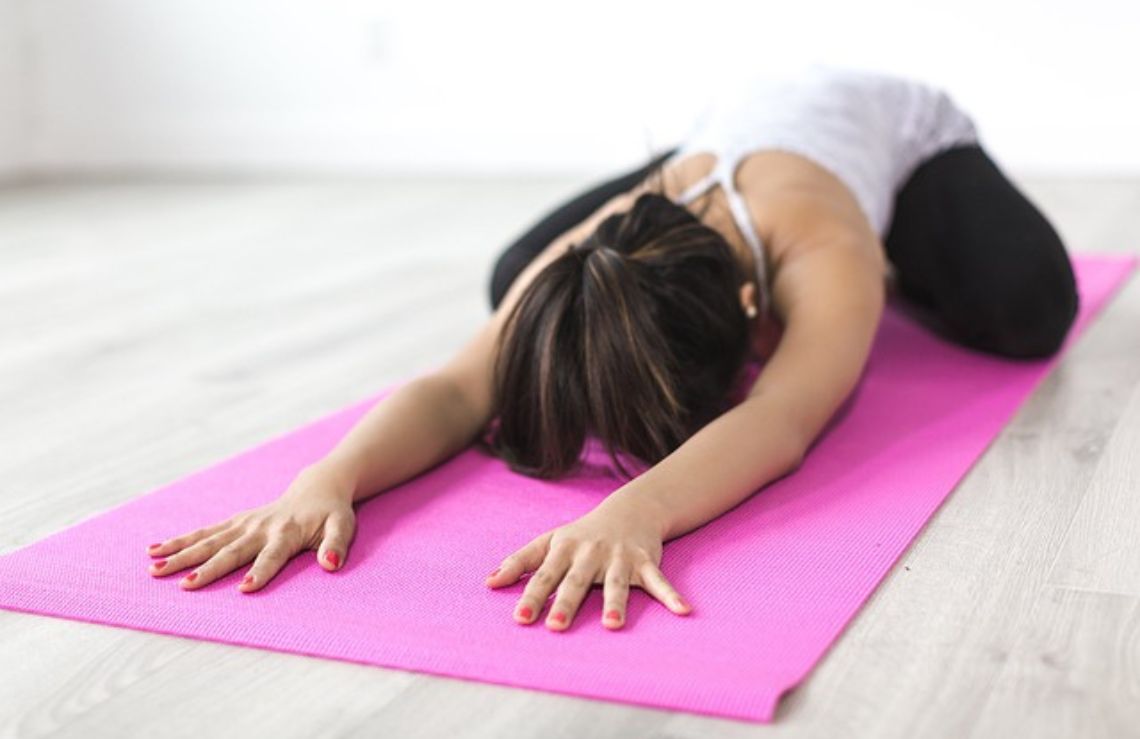
Getting fit requires a blend of consistency, balanced workouts, and lifestyle habits that support your well-being. With dedication to each step below, you can build a sustainable fitness routine that boosts both your physical health and mental resilience. Here is a deeper dive into each of the ten essential steps for fitness, along with actionable advice for incorporating them into your routine.
1. Set Clear and Achievable Fitness Goals
Setting clear, realistic goals is the first step toward achieving lasting fitness. Think about your personal objectives, whether it’s weight loss, gaining muscle, or simply staying active. Setting specific goals helps you stay motivated and gives you a roadmap to track your progress.
“When you set specific and achievable goals, you’re giving your fitness journey direction and purpose.”
Advice: Write down your goals and break them into manageable steps. Start with short-term goals (e.g., working out three times a week) that align with your long-term objectives (e.g., running a 10k). Celebrate each milestone to keep motivation high.
2. Create a Balanced Workout Routine
A balanced fitness routine is a mix of cardio, strength training, and flexibility exercises. Cardio boosts endurance, strength training builds muscle, and flexibility helps prevent injuries. This holistic approach helps you improve all aspects of fitness, making you stronger, leaner, and more agile.
“A balanced workout routine covers all aspects of fitness, helping you become stronger, faster, and more resilient.”
Advice: Plan your week to include at least two cardio sessions, two days of strength training, and one day focused on flexibility, like yoga or stretching. This combination keeps your body engaged and prevents burnout.
3. Start with the Basics and Progress Gradually
For beginners, mastering the basics with proper form is critical before increasing the intensity or complexity of your workouts. This builds a solid foundation and minimizes injury risk. Over time, you can progress by adding weights, increasing duration, or trying more challenging exercises.
“Progressing gradually keeps your body prepared for increased intensity, making your fitness journey safer and more effective.”
Advice: Start with basic body-weight exercises like squats, lunges, and push-ups. Once you feel confident, increase the difficulty by adding weights or increasing repetitions.
4. Focus on Consistency Over Intensity
Consistency is the cornerstone of fitness success. Rather than pushing yourself to exhaustion in one workout, aim to exercise regularly, even if it’s just for 20–30 minutes a day. This helps you build a routine that fits your lifestyle without overwhelming you.
“Fitness is a marathon, not a sprint. Small, consistent steps lead to big results over time.”
Advice: Set a weekly schedule with manageable goals. For example, commit to 30 minutes of exercise five days a week, and prioritize sticking to your schedule, regardless of the workout intensity.
5. Incorporate Strength Training
Strength training is essential for building muscle, boosting metabolism, and improving bone health. It can also help you achieve a leaner physique by burning calories even at rest. Incorporating 2–3 days of strength training into your week helps you maintain muscle mass and supports overall fitness.
“Strength training reshapes your body and boosts metabolism, making it a key component of any fitness plan.”
Advice: Start with simple resistance exercises like bicep curls, leg presses, and planks. As you progress, add free weights or resistance bands, and focus on compound movements like squats and deadlifts to target multiple muscle groups.
6. Don’t Forget Flexibility and Mobility Work
Flexibility and mobility exercises are often overlooked but play a crucial role in your fitness routine. Regular stretching improves your range of motion, reduces muscle tightness, and enhances post-workout recovery. This is especially important as you progress in strength and endurance exercises.
“Flexibility helps your body move better and prevents injuries, especially as workouts become more challenging.”
Advice: Incorporate stretching into your warm-up and cool-down routine. Aim for a dedicated flexibility session, like yoga, once a week to further improve your mobility and balance.
7. Prioritize Nutrition and Hydration
Proper nutrition fuels your workouts and aids recovery. A balanced diet rich in proteins, healthy fats, and complex carbs gives you energy and supports muscle growth. Hydration is equally important, as even mild dehydration can lead to fatigue and reduced exercise performance.
“Good nutrition and hydration are the backbones of a successful fitness journey. Fueling your body properly enhances energy, recovery, and results.”
Advice: Aim for three balanced meals a day and drink water consistently throughout the day. Consider having a light protein-rich snack 1–2 hours before a workout and refueling with a balanced meal afterward to support recovery.
8. Track Your Progress
Keeping track of your progress helps you stay motivated and see how far you’ve come. You can record your workouts, weight changes, muscle measurements, or even how you feel after each session. Tracking gives you insights into what’s working and where you might need to make adjustments.
“Tracking progress helps you see your achievements, providing motivation to keep pushing forward.”
Advice: Use a fitness journal or an app to log your workouts, diet, and physical changes. Set aside time each month to review your progress and adjust your goals as needed.
9. Get Enough Rest and Recovery
Recovery is essential for muscle growth and preventing burnout. Your body needs time to repair itself after exercise, and without adequate rest, you risk injury and fatigue. Sleep is also crucial, as it’s when your body repairs and regenerates.
“Rest is as important as exercise itself, allowing your body to recharge and grow stronger.”
Advice: Plan for at least one rest day per week, and make sleep a priority. Aim for 7–9 hours of sleep per night to give your body the recovery time it needs.
10. Stay Motivated and Keep it Fun
Staying motivated can be one of the biggest challenges in fitness. Keeping your routine enjoyable is crucial for long-term success. Try new activities, work out with friends, or set new personal records to keep things interesting.
“Enjoying your fitness journey makes it easier to stay motivated. When workouts are fun, you’re more likely to stick with them.”
Advice: Find activities you enjoy, whether it’s dancing, hiking, or team sports. Mixing up your routine and celebrating small achievements can keep you engaged and looking forward to each workout.


